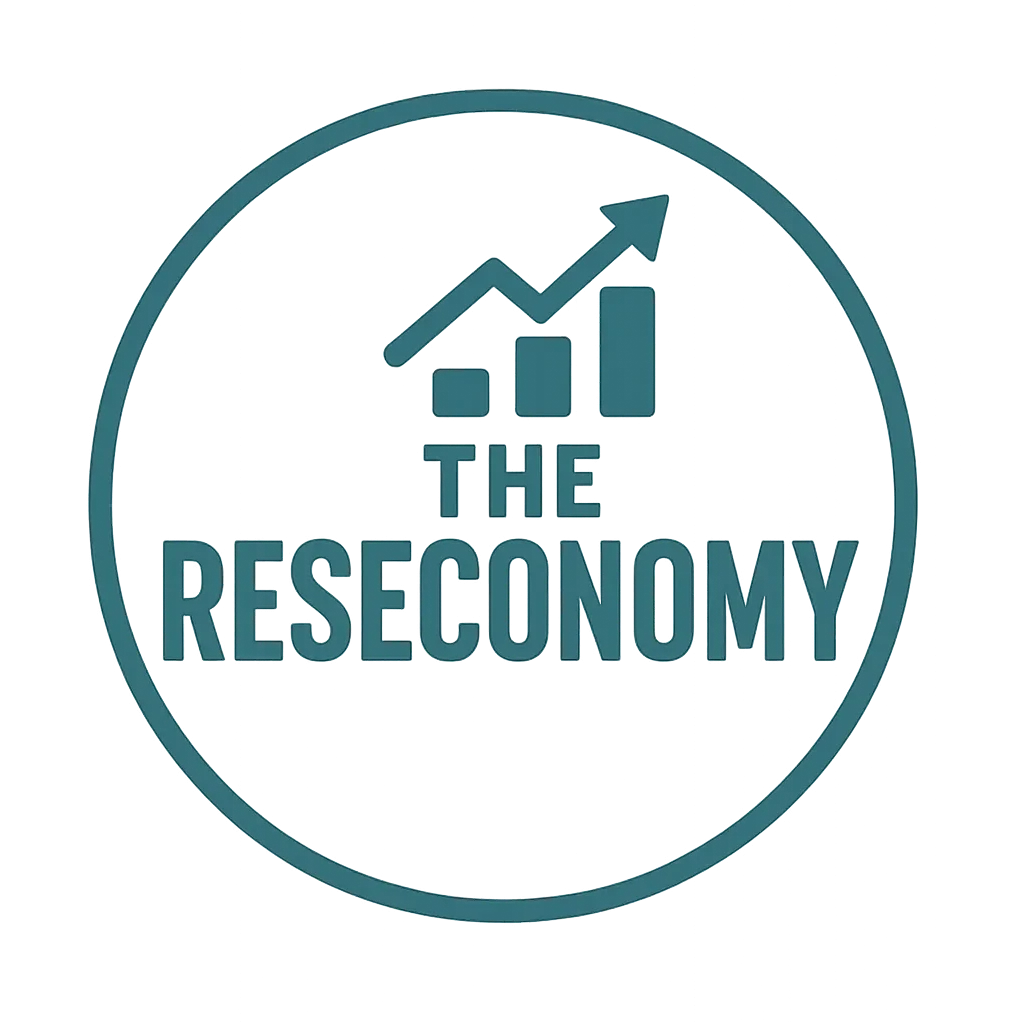Pricing isn’t just about numbers and calculations; it’s a delicate dance with the human mind. How consumers perceive value, make purchasing decisions, and react to different price points is deeply rooted in psychological factors. Ignoring these underlying influences can leave money on the table, while understanding and leveraging them can unlock significant opportunities for revenue optimization.
This post delves into the captivating world of the psychology of pricing, exploring the key cognitive biases and behavioral economics principles that shape consumer perception and ultimately drive purchasing decisions. By understanding these psychological levers, businesses can craft more effective pricing strategies that resonate with their target audience and maximize profitability.
The Irrational Consumer: Beyond Pure Logic
Traditional economic models often assume consumers are perfectly rational, weighing costs and benefits objectively. However, real-world purchasing decisions are often influenced by emotions, heuristics (mental shortcuts), and cognitive biases. Understanding these “irrational” tendencies is crucial for effective pricing.
Key Psychological Factors Influencing Pricing Perception:
- Anchoring Bias: The first piece of information consumers receive (the “anchor”) heavily influences their subsequent perception of value. A higher initial price can make a subsequent, lower price seem like a great deal, even if it’s still relatively high.
- Framing Effect: How a price is presented can significantly impact its perceived value. For example, highlighting a discount (“Save $20!”) is often more effective than simply stating the final price.
- Loss Aversion: The pain of losing something is psychologically more powerful than the pleasure of gaining something of equivalent value. This can be leveraged by framing benefits as avoiding a loss (“Don’t miss out!”) or highlighting the cost of inaction.
- The Power of Free: The allure of “free” is incredibly strong. Offering a free add-on or free shipping can often incentivize purchases more effectively than a small discount.
- The Decoy Effect: Introducing a third, less attractive option (the “decoy”) can make one of the other two options appear significantly more appealing.
- Social Proof: Consumers are influenced by the actions and opinions of others. Displaying positive reviews, testimonials, or the popularity of a product can justify a higher price.
- Scarcity and Urgency: Creating a sense of limited availability or time-sensitive offers (“Limited stock,” “Sale ends soon”) can drive immediate action and increase perceived value.
- The Endowment Effect: People tend to value something they own more highly than something they don’t, even if the objective value is the same. This can influence willingness to pay and perceived fairness of prices.
- Price Precision: The level of precision in a price can influence perception. Odd-ending prices (e.g., $9.99) are often perceived as significantly cheaper than round numbers (e.g., $10), even though the difference is minimal.
- The Just-Noticeable Difference (JND): Consumers are more likely to notice price changes that exceed a certain threshold. Understanding the JND for your products can help you make price adjustments without significantly impacting demand.
- Context and Comparison: Consumers rarely evaluate prices in isolation. They compare them to previous prices, competitor prices, and perceived value.
- The Power of Bundling: Offering multiple products or services together at a slightly lower price than purchasing them individually can increase perceived value and encourage larger purchases.
Leveraging Psychological Principles for Revenue Optimization:
Understanding these psychological factors allows businesses to strategically craft their pricing:
- Strategic Anchoring: Intentionally present a higher reference price before revealing the actual selling price to create a perception of savings.
- Effective Framing: Highlight discounts, benefits, and the value proposition in a way that resonates with loss aversion or the desire for gain.
- The “Free” Incentive: Explore opportunities to offer free shipping, free trials, or free add-ons to incentivize purchases.
- Decoy Pricing Strategies: Introduce a strategically priced decoy option to nudge consumers towards your desired product.
- Building Social Proof: Prominently display positive reviews, ratings, and testimonials to justify your pricing.
- Creating Scarcity and Urgency: Use limited-time offers and highlight limited availability to encourage immediate purchase decisions.
- Understanding Customer Valuation: Research how your target audience perceives the value of your offerings and price accordingly.
- Strategic Use of Price Endings: Experiment with odd-ending and round numbers to see which resonates best with your target audience.
- Bundle Strategically: Offer attractive bundles that increase the perceived value for customers and drive higher average order values.
- Dynamic Pricing Based on Demand: Utilize real-time data and psychological principles to adjust prices based on demand, scarcity, and competitor pricing.
Ethical Considerations:
While leveraging the psychology of pricing can be effective, it’s crucial to do so ethically and transparently. Avoid manipulative or deceptive pricing tactics that could harm consumers or damage your brand reputation. The goal is to create a perception of genuine value, not to trick or mislead customers.
The Ongoing Evolution of Price Perception:
Consumer psychology is not static; it evolves with cultural trends, economic conditions, and technological advancements. Continuously monitoring consumer behavior, conducting market research, and experimenting with different pricing strategies are essential for ongoing revenue optimization.
Unlocking Profitability Through Understanding:
By moving beyond simple cost-plus pricing and delving into the fascinating world of consumer psychology, businesses can gain a deeper understanding of how their target audience perceives value and makes purchasing decisions. This knowledge empowers them to craft more effective pricing strategies that not only optimize revenue but also build stronger customer relationships based on perceived fairness and value. The key to unlocking greater profitability lies in understanding the intricate workings of the human mind.
What psychological pricing tactics have you found most effective (or ineffective)? What are your biggest challenges in pricing your products or services? Share your insights in the comments below!
